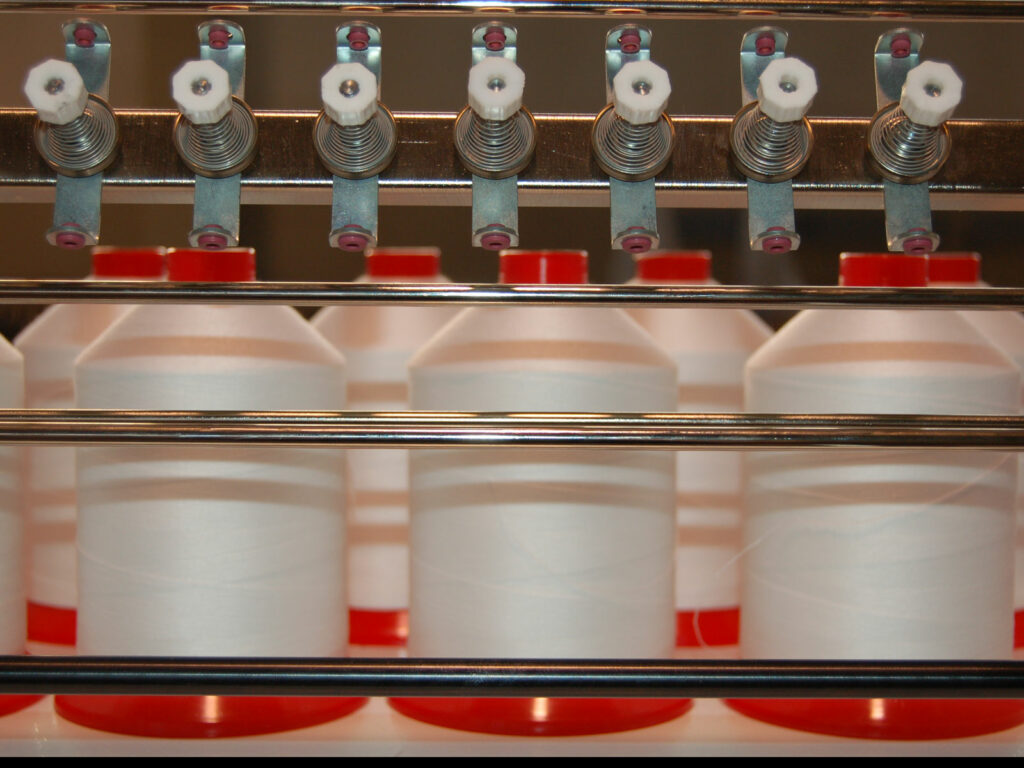In 2022, 54,300 new book titles came onto the market in Germany. Very few of these achieve sales in the four-to-six-figure range. But the size of the print run is not always a measure of success or failure. A lot of books are aimed at a very specific audience and are not competing with other customer orders.
In this case, a short run of between 50 and 500 copies is the only economically viable option for the customers and for small- and medium-sized print shops.
Typical products in this category include:
• catalogues
• business books/ annual reports • yearbooks
• design books/art books
• newsletters (village, city, family, …)
• reference books
• children’s books
• textbooks
Are you new to book production or do you want to expand your range to include short-run production? PPL can supply you with all the machinery you need for post-press processing. But before we give you a brief overview of the individual areas, let’s take a brief look back.
What came before: from letterpress to offset to digital printing
Just 40 years ago, short-run book manufacturers were confronted with a serious challenge. How to make short runs more profitable? Offset printing (web or sheetfed offset), which was dominant at the time, was inefficient for short runs. Nor was classic letterpress printing possible; it took too long and cost too much and had quality issues related to mechanical stress. It had thus largely disappeared by the first half of the 20th century.
Not until the mid-1990s did digital printing (toner printing and printing with electro-ink and inkjet printing) emerge as a technology well suited to the production of short runs. In terms of quality, machines from manufacturers such as Xerox, Canon, HP, or Ricoh could hold their own against offset printed books. The most important thing, however, is the attractive unit price, despite the comparatively limited small print run.
Thread sewing, perfect binding, book cover production, etc.
At PPL, we supply, install, and maintain new and used machines for print finishing, such as thread sewing. Because it can withstand heavy use, it’s considered the gold standard for bookbinding.
Thread-stitching machines have also made a name for themselves in digital printing. Smyth models, in particular, are perfect for finishing short runs.
But you can also get excellent results with adhesive binding (PUR, hotmelt), where the pages are glued instead of stitched into sheets. Thanks to a high degree of automation and short makeready times, our perfect binders are highly efficient.
For small run book runs, you will also need to have the equipment required for foil laminating the book cover, and joining the book cover block. You can find a brief overview of our complete solutions for the production of short-run books here.
